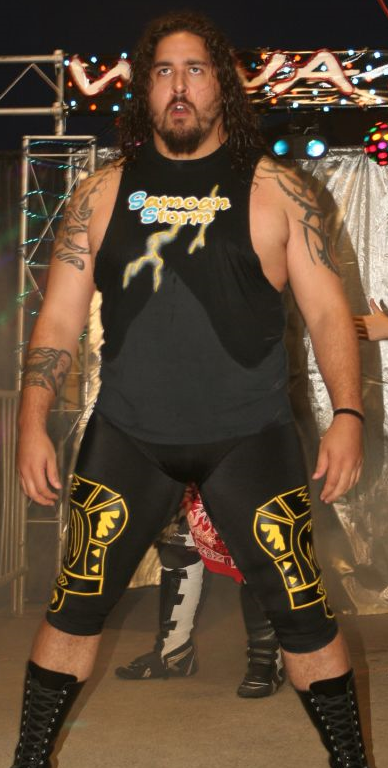Okay, here is my sharing about “afa anoai jr.” based on your instructions:

So, the other day, I was digging around for some info on a project I’m working on. You know, the usual online sleuthing. I needed to figure out who owned a specific domain name and how long they’d had it. It’s like when you buy a house, you gotta register it with the authorities, right? Same deal with websites. This process called “Whois domain lookup.”
I stumbled upon some articles mentioning the World Health Organization (WHO). Apparently, they’re working with a bunch of other big-name organizations like UNAIDS, UNESCO, and UNICEF to improve how they measure adolescent health around the globe. They’ve been at it since at least 2019, maybe even earlier. It seems they’re trying to get everyone on the same page when it comes to tracking and evaluating health data.
I also found out that WHO’s been around since 1948. That’s a long time! They’re basically the United Nations’ health branch, working to keep people safe and healthy worldwide. I guess they connect with different countries and partners to make that happen.
My Accidental Deep Dive into Medical Stuff
Then things took a bit of a turn. I ended up reading about something called “adverse events following immunization,” or AEFI for short. Turns out, WHO has a whole manual on how to figure out if a vaccine caused a bad reaction in someone. They even revised their classification system for it, which I guess makes sense because you don’t want to blame a vaccine for something if it was just a coincidence.
- Reading about AEFI: It was a bit of a detour, but I learned about how they investigate potential side effects of vaccines.
- Discovering the AWaRe classification: This is how WHO categorizes antibiotics to track their use and make sure they’re being used properly.
- Realizing the importance of bioequivalence: This basically means that a generic drug has to work the same way as the original, brand-name drug.
I even learned about something called the “AWaRe classification” of antibiotics. It looks like WHO made this system in 2019 to help monitor how antibiotics are being used. They want to make sure we’re not overusing them, which is a big problem because it can lead to antibiotic resistance. Smart move, I gotta say.
There was also something about making sure generic drugs are “therapeutically equivalent” or “bioequivalent” to the original brand-name drugs. That means they gotta work just as well, which is super important for patients, especially when the generic versions are cheaper.
Honestly, I went down a bit of a rabbit hole, but it was kind of fascinating. I started out just trying to find out who owned a website and ended up learning a bunch about global health initiatives and how they classify drugs. You never know what you’ll find when you start poking around on the internet! This “afa anoai jr.” thing really took me on a journey, let me tell you!
Anyway, that’s my story for today. Hope you found it at least a little bit interesting. Catch you next time!












